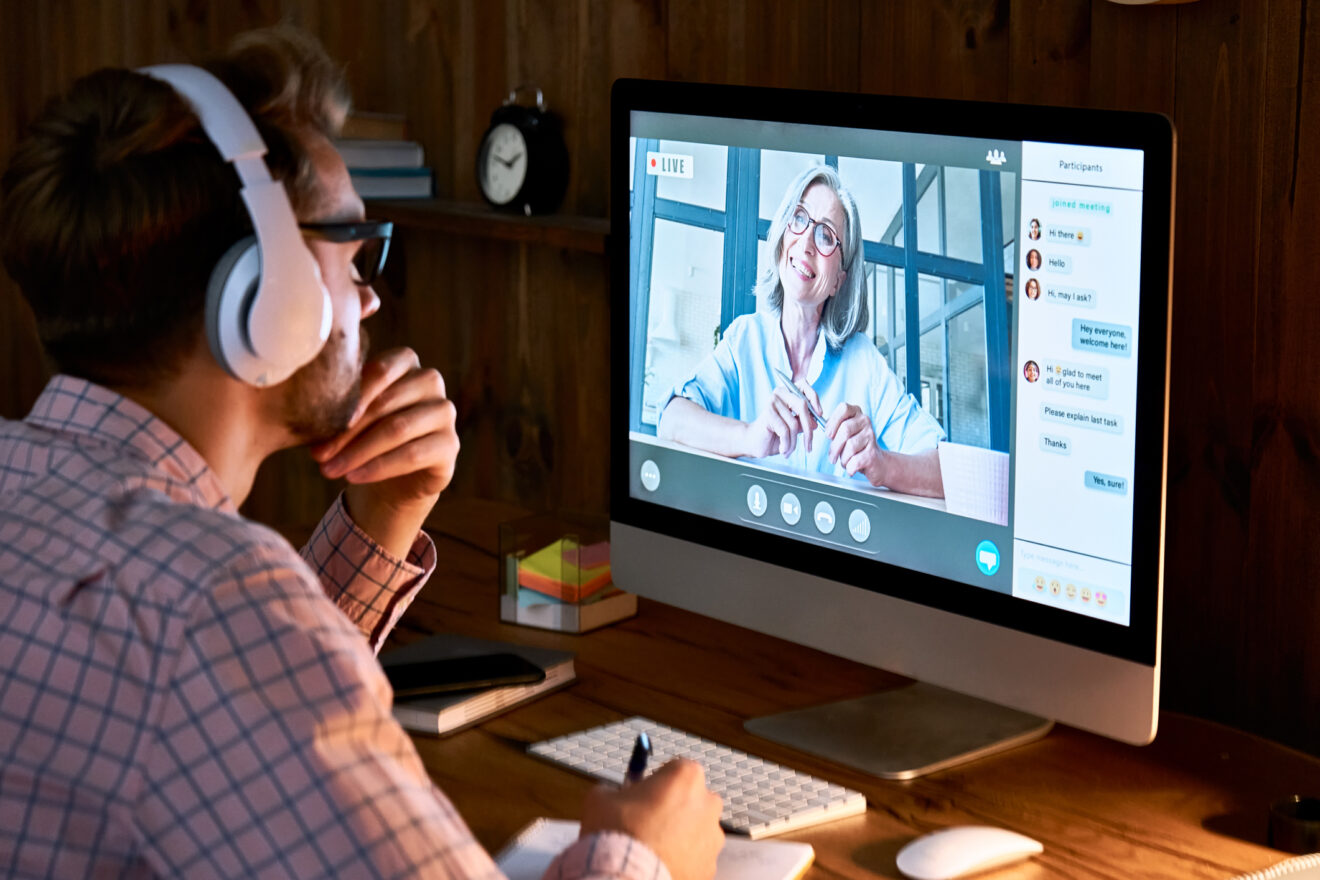I became superintendent at Jackson Public Schools in Mississippi in 2018 at a time when the district was underperforming and facing state takeover. With a solid strategic plan, we were able to improve the culture and instructional practices of our district, improve two letter grades on the state accountability system and maintain local control of our district.
The use of exemplar videos and video-based coaching played an indispensable role in our school improvement. Here are 10 tips to get the most out of video coaching that we learned along the way.
Have a vision
We have a lot of turnover in our district. Approximately 40% of our teachers are new or novice. With so many new teachers, we had little choice but to become a learning organization in which every individual is always intentionally improving. Today’s practice has to be better than yesterday’s, and tomorrow’s must be better than today’s. We adopted a growth mindset as a core value and vision for our organization.
Start video coaching with your early adopters
Instead of forcing everyone to start using video all at once, start with the willing. There are always a handful of teachers who are eager to dive into a new initiative. Tap those early adopters to try it out first. Once they’ve begun, document everything. They’ll help you work out any kinks you didn’t anticipate. They will also be examples to all their colleagues that video coaching is not going to be used to evaluate them, but simply to support them in becoming better teachers.
Pursue a balance of individual and organizational goals
Based on recent data, we have base-level, districtwide focus areas on particular aspects of literacy and numeracy or certain skills. All of our teachers watch videos or record some piece of their own lessons related to those areas. They may watch some videos as a group for collaborative development in those areas, and individuals may be assigned other videos tailored to their own strengths and developmental needs, but everything is geared toward lifting the district up in those key areas we’ve identified as particular needs.
Each teacher also has individual professional growth goals that they set with their coach at the top of the year. If they are, for example, working on improving classroom management or optimizing time, their coach might suggest they watch a video about transitions, or they might ask them to record the way they move from one lesson to the next or from break time back to instructional time. Then they can watch it together and look for opportunities to improve.
Show your teachers exemplary practice
It’s difficult to be excellent when you don’t see excellence. When teachers see a colleague doing amazing things with students who come from humble beginnings, struggle with learning disabilities or have some gaps in their learning, it can tear down their assumptions about what children are capable of doing. Having excellent teachers record themselves makes it easy to provide an example for their peers without the logistical hurdles of bringing them all into the classroom to see it in person.
The tool we use for video professional development is Teaching Channel’s video coaching platform, which we chose in part because it offers a library of exemplar videos. As a district facing state takeover, the exemplar library has allowed us to offer our teachers more than 1,600 examples of excellent teachers in practice with students much like our own.
Emphasize growth, not gotchas
Teachers need to know right off the bat that video coaching is not about making them feel bad or making them look unprofessional. If they’re worried that the videos they create will be used to evaluate them, they’re likely to become defensive right at the moment we want them to be vulnerable and reflective.
We put the work into the relationships from the beginning to ensure that they know we only have their best interests — and those of their students — at heart. While receiving feedback might not always feel good, the fact that we are able to come together and trust one another enough to grow together is a beautiful thing.
Create a culture of continuous learning
One of our district’s core values is having a growth mindset. We offer our teachers collaborative learning and professional development offerings that promise engagement with other committed professionals. But we also have an expectation that each individual will take responsibility for improving themselves. They can’t just sit back and wait on us to develop them; they have to dig deep and put the work in.

Model a growth mindset for your teachers
I grew up as an educator in districts and schools where we received a lot of thoughtful feedback, and it was assumed that we were all putting our whole effort into becoming better teachers for our students. That’s not everyone’s experience, however.
A lot of folks, some of whom have been educators for years, have never had effective coaching. For those people, constructive feedback can feel like an attack. To help shift our district culture toward one where every educator is working to improve their own practice, I model being vulnerable and open to feedback for my faculty. A couple times a month, I might ask for feedback on a talk I gave or a presentation I made to the board.
Could I have presented that item differently or explained it to the board better? Could I have made a better case for that item or used different data when discussing it? Asking these questions is an opportunity for me to improve myself, but it’s also an opportunity to demonstrate that we can all benefit from coaching.
Protect planning and debriefing time
Teachers need time in their schedules for collaborative planning and debriefing with their principal or instructional coach. If you don’t set aside and protect that time, it will be eaten up by duty, grading or any of a number of demands on teachers’ time.
Watching an exemplar video or sharing a video they’ve made of their own practice with their colleagues is great, but they need time to review and discuss, to debrief and plan. What lessons are there to learn? What worked, and what needed work? And, of course, some action must be taken after watching the video, or practice won’t improve.
If you aren’t adamant about ensuring teachers have time for that discourse, it won’t happen.
Keep it simple
You don’t need expensive and complicated cameras and microphones for video coaching. Our teachers record on their phones to make it as simple as possible. They don’t need high definition video quality — just an opportunity to see their practice and reflect on it.
Make sure your video library reflects your classroom
The exemplar library we use has helped us provide models of excellent practices for our teachers. Because they have so many videos, our coaches are always able to find one that not only focuses on the area they are looking to improve, but does so in a classroom that looks like it could be in our district. When students are of a different age, different race or have a different socioeconomic background, some teachers will focus on those differences instead of the practices you want to be the center of the conversation.
Everyone deserves coaching, and with the right culture in place and tools like video coaching to build our capacity, we can all improve together.
Opinions expressed by SmartBrief contributors are their own.
_______________________
Subscribe to SmartBrief’s FREE email ASCD newsletter to see the latest hot topics in education. It’s among SmartBrief’s more than 250 industry-focused newsletters.
